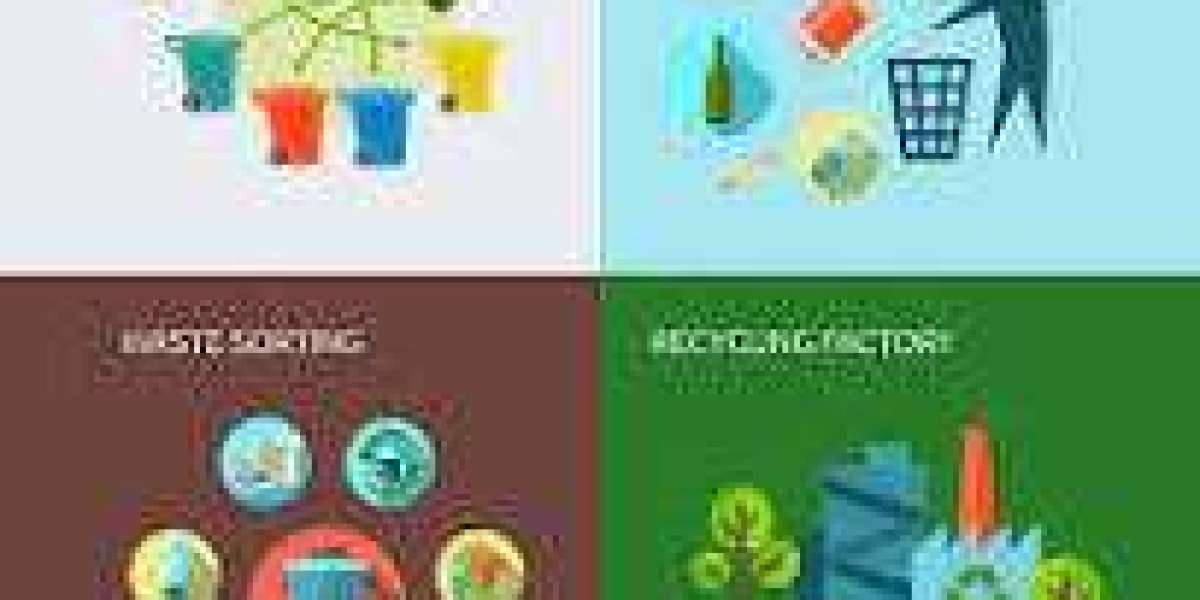Introduction:
In a world grappling with environmental challenges, waste reduction and recycling have emerged as crucial strategies for promoting sustainability. The global population continues to rise, and consumption patterns evolve, making the proper management of waste imperative. This article explores the importance of waste reduction and recycling, shedding light on their environmental benefits, economic implications, and the pivotal role individuals and communities play in fostering a sustainable future.
I. Environmental Impact of Waste:
The environmental consequences of improper waste disposal are extensive. Landfills release harmful greenhouse gases like methane, contributing to climate change. Additionally, pollution of water bodies and soil from waste runoff poses threats to ecosystems and human health. Embracing waste reduction and recycling becomes essential to mitigate these impacts and transition towards a more eco-friendly approach to waste management.
II. Waste Reduction:
A fundamental aspect of sustainable waste management is waste reduction, involving minimizing waste generation at the source. Manufacturers, businesses, and consumers all play pivotal roles in this endeavor. Adopting practices such as eco-friendly packaging, designing products for longevity, and promoting a circular economy can significantly decrease the overall volume of waste.
A. Circular Economy:
The circular economy concept involves designing products for reuse, refurbishment, remanufacturing, and recycling. This approach aims to minimize waste generation by keeping products and materials in circulation for as long as possible. Companies embracing circular economy principles contribute to waste reduction while fostering a sustainable business model.
B. Product Lifecycle Assessment:
Conducting a thorough assessment of a product's lifecycle allows a better understanding of its environmental impact. By identifying key stages where waste is generated, manufacturers can implement strategies to minimize waste production, such as using recyclable materials and designing products for easy disassembly.
III. Recycling:
Recycling is a pivotal component of sustainable waste management, involving the conversion of waste materials into new products. This reduces the demand for raw materials and energy. Commonly recycled materials include paper, glass, plastic, and metals. Recycling not only conserves resources but also reduces the environmental impact associated with extracting and processing virgin materials.
A. Benefits of Recycling:
- Resource Conservation: Recycling conserves valuable natural resources, such as forests, minerals, and water, by reducing the need for new raw materials.
- Energy Savings: The production of recycled materials often requires less energy than manufacturing virgin products, resulting in lower greenhouse gas emissions and a smaller carbon footprint.
- Economic Opportunities: The recycling industry creates jobs and stimulates economic growth. Increasing demand for recycled materials enhances the potential for job creation in recycling facilities, collection services, and related industries.
B. Challenges and Solutions in Recycling:
- Contamination: Contamination of recyclable materials can hinder the recycling process. Public awareness campaigns and improved sorting systems can address this issue.
- Infrastructure: In some regions, insufficient recycling infrastructure poses a challenge. Governments and businesses can invest in recycling facilities and collection systems to overcome these limitations.
IV. Individual and Community Engagement:
While governments and businesses play crucial roles in waste management, individual actions and community engagement are equally important. Education and awareness campaigns empower individuals to make sustainable choices in their daily lives, from reducing single-use plastics to segregating recyclables.
A. Educational Initiatives:
Schools, community centers, and online platforms can serve as hubs for educational programs on waste reduction and recycling. Teaching individuals about the environmental impact of their choices fosters a sense of responsibility and encourages sustainable practices.
B. Community-Led Initiatives:
Community-based organizations and local governments can initiate recycling programs, organize clean-up events, and establish collection points for recyclable materials. These initiatives not only contribute to waste reduction but also foster a sense of community engagement.
Conclusion:
In the quest for a sustainable future, waste reduction and recycling stand as pillars of responsible environmental stewardship. By adopting practices that minimize waste generation and promote the recycling of materials, individuals, businesses, and communities can collectively contribute to a healthier planet. As we continue to address the challenges of waste management, the shift towards a circular economy and the widespread adoption of sustainable practices will play pivotal roles in shaping a greener and more sustainable future for generations to come nursing essay writing service
 Купить диплом с бесплатной доставкой: Успешное будущее на расстоянии одного заказа
By worksale
Купить диплом с бесплатной доставкой: Успешное будущее на расстоянии одного заказа
By worksale Широкий выбор сварочной проволоки: купите качественные материалы для сварки в нашем интернет-магазине!
By worksale
Широкий выбор сварочной проволоки: купите качественные материалы для сварки в нашем интернет-магазине!
By worksale Free Video Chat Without Registration
By worksale
Free Video Chat Without Registration
By worksale Купить диплом с бесплатной доставкой
By worksale
Купить диплом с бесплатной доставкой
By worksale Путь к успеху: Купи диплом и преуспей в карьере
By worksale
Путь к успеху: Купи диплом и преуспей в карьере
By worksale


